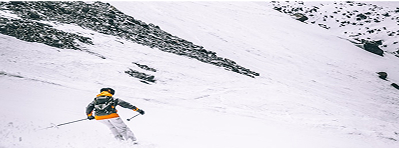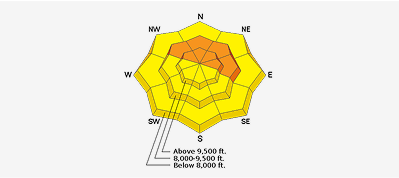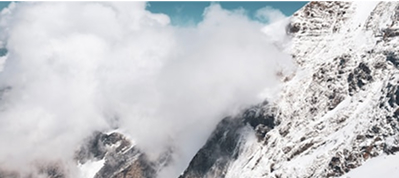March 25, 2016
Blog: In Memoriam
Drew Hardesty
Summer's eve,
how can falling ice
have broken my
favorite walking stick?
Utah Avalanche Center forecaster Tom Kimbrough's tribute to colleague Seth Shaw who was killed in an ice fall in Alaska May 2000. It was around Memorial Day.
An open letter to Barbara Rand, Robin Davenport and the friends and family of Kip Rand
Dear Mrs. Rand;
I never met your son, but I feel like I knew him all the same. I too was hired as an avalanche forecaster when I was 29 years old. This was long …
Read more March 23, 2016
Blog: The Wisdom of Elbert Despain
Drew Hardesty
From Ed LaChapelle's essay The Ascending Spiral in The Avalanche Review 24.1 (photo credit -Wilburn and Jean Pickett Photograph Collection, University of Utah Marriott library archives) “Do nothing in haste”......this speaks loud and clear to the pressures of time, planning and economics, plus the perpetual urge to action that drives so much of our modern life. Here is where the human factor in avalanche-related decisions comes to the fore. And this brings us to Elbert’s Rule. When I first worked at Alta in the 1950’s, the daily mail was …
Read more March 22, 2016
Blog: The Normalization of Deviance
Drew Hardesty
In the aftermath of the 1986 space shuttle Challenger disaster, a great deal of effort and resources went into finding out and understanding What Went Wrong. Seven astronauts were killed and the event put a dent into the country's collective confidence in NASA, to put it mildly. Ultimately, the blame was pinned upon the O-rings - or more specifically the putty used in concert with the O-rings - for improperly sealing in the gases used for the solid rocket boosters, leading to the explosion. In her 1996 book, The Challenger Launch Decision : Risky Technology, Culture, and Deviance …
Read more March 20, 2016
Blog: Dry snow, hot weather, and facets
Mark Staples
Ever wonder how the snow on north aspects can stay cold and dry during such warm weather? There is a big difference between air temperature and snow surface temperature. This is why the snow can refreeze even on relatively warm nights if the skies are clear. Snow loses heat very efficiently to clear skies at night then warms during the day as air temperatures warm. See the graph below showing air temperature vs snow temperature along Bunnells Ridge (8800') just south of Provo Canyon during the last 2 days. Notice that snow temperatures at night got as low as 6 degrees F …
Read more February 18, 2016
Blog: Expert Intuition and the Avalanche Problem
Drew Hardesty
Not long ago, I was invited to give a talk on any subject of my choice to aLevel 3 avalanche class with the American Avalanche Institute. The owners of AAI and I haveknown each other for 15-20 years. They should have known better. So. The night before, I had the Level 3 participants - all experiencedsnow and avalanche professionalsin their own right - think of a time when an avalanche surprised them. The next morning, I began by showing them a clip of risk reduction researcher Gordon Graham talking about what he calls High Risk, Low Frequency events. You should watch …
Read more February 17, 2016
Blog: Do Safety Devices Make Us Safer?
Bruce Tremper
When I wrote the blog on the effectiveness of avalanche airbags, I was surprised that most of the comments revolved around risk homeostasis. So what the heck is risk homeostasis? Let me tell you a little story…. I was just a youngster, around 5 years old, at the family cabin on Flathead Lake in Montana where we spent all our summers growing up. My mother had just purchased a newfangled substance—mosquito repellent—and she sprayed it on my exposed skin and explained that the “buggies wouldn’t bite me anymore.” Wow, I remember …
Read more 





